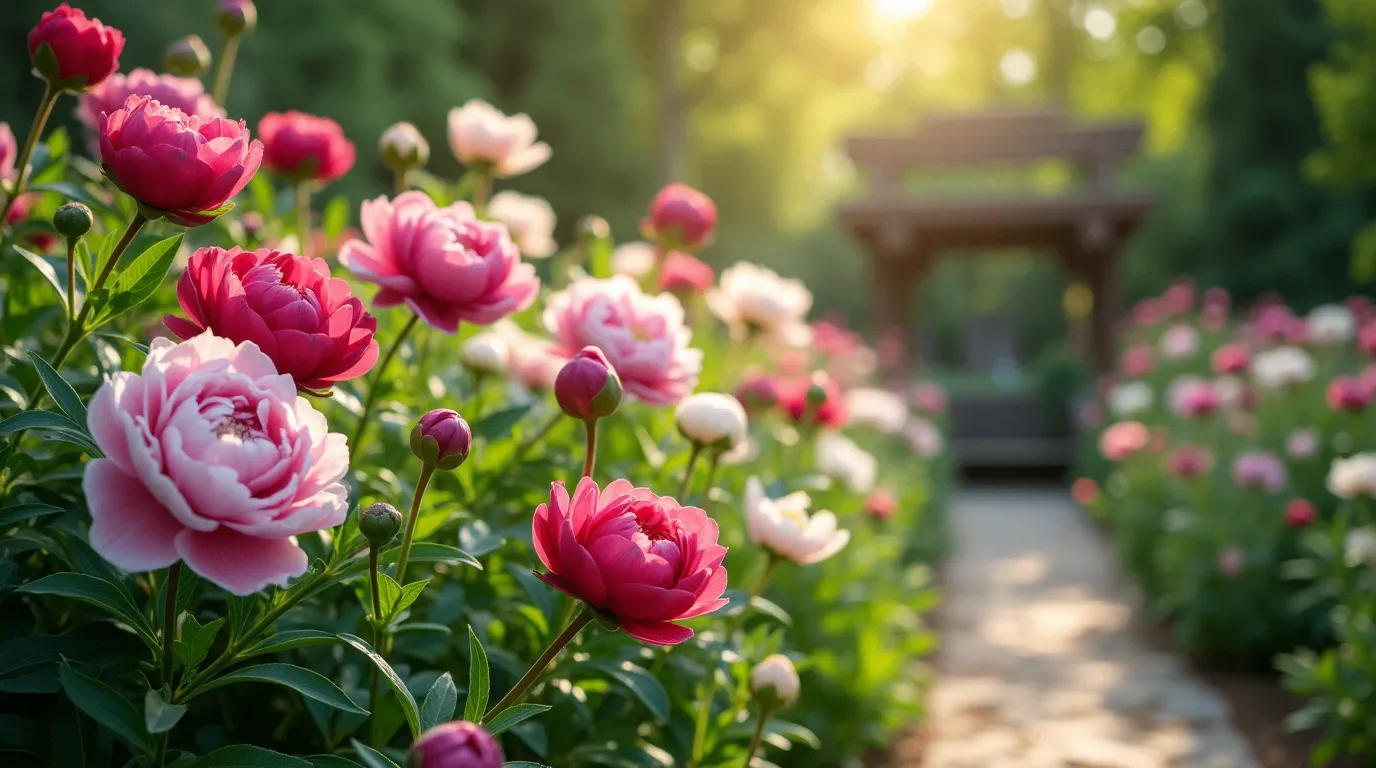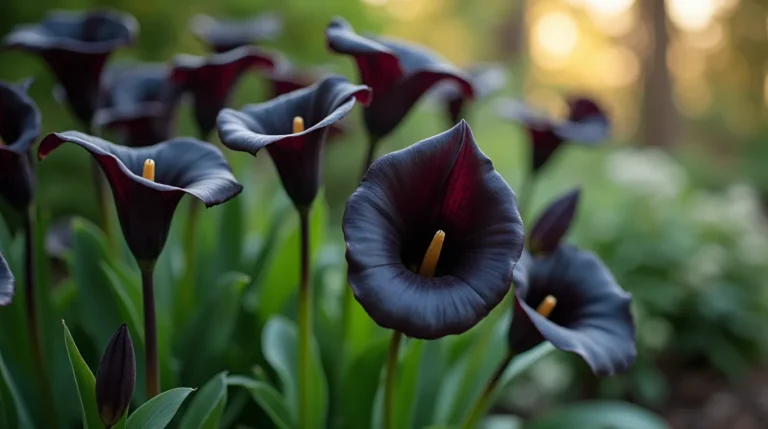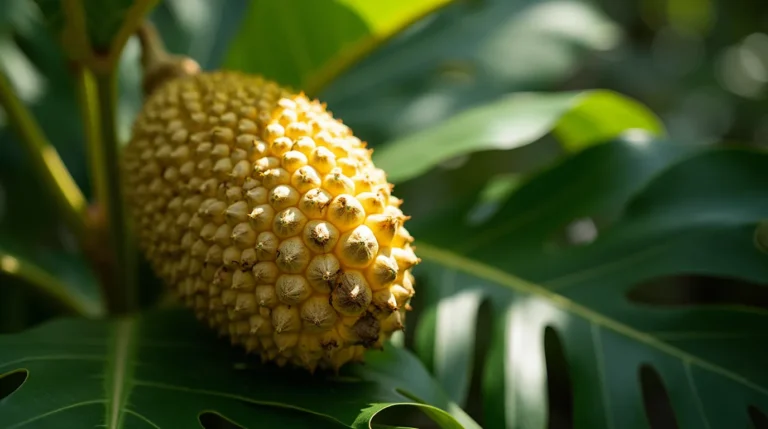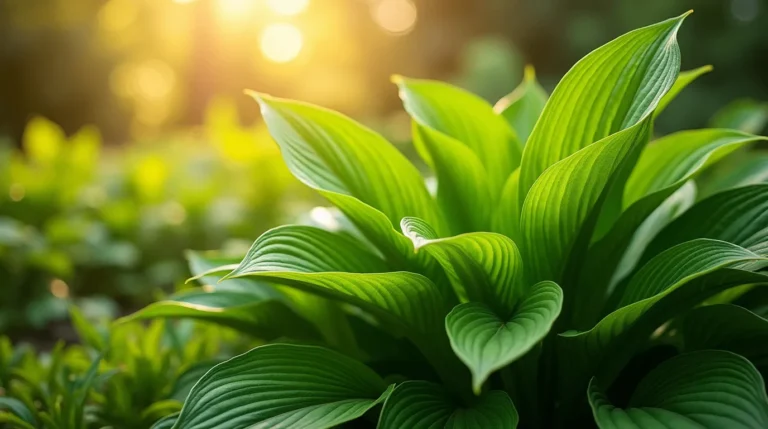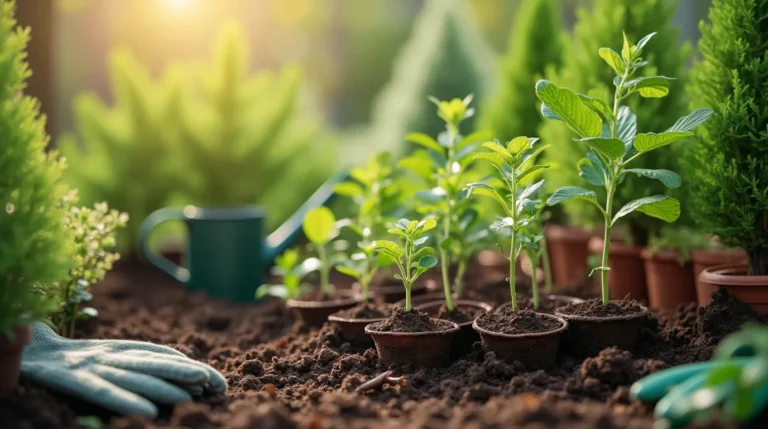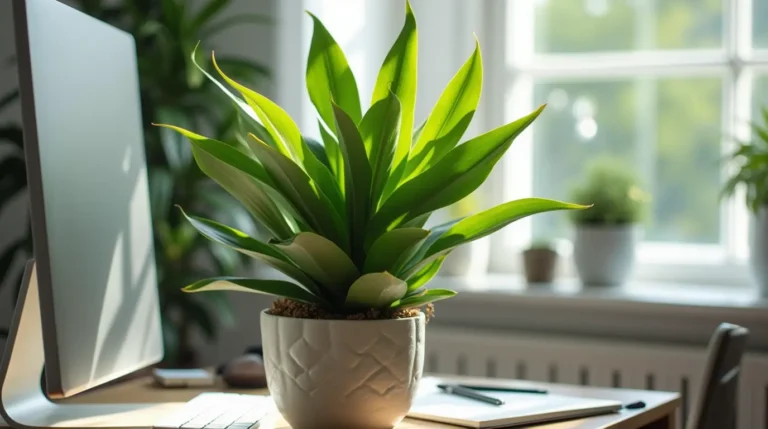Peonies Flowers: Why They’re The Best Perennial For Beginners
Table of Contents
Peonies flowers are beloved for their vibrant colors, full blooms, and delightful fragrance. These perennial favorites can transform any garden into a captivating space. Whether you are a seasoned gardener or just starting, growing Peonies Flowers requires understanding their unique needs and care routines. In this guide, we will walk you through the steps to plant, grow, and care for Peonies Flowers.
Choosing the Right Peonies Flowers Variety
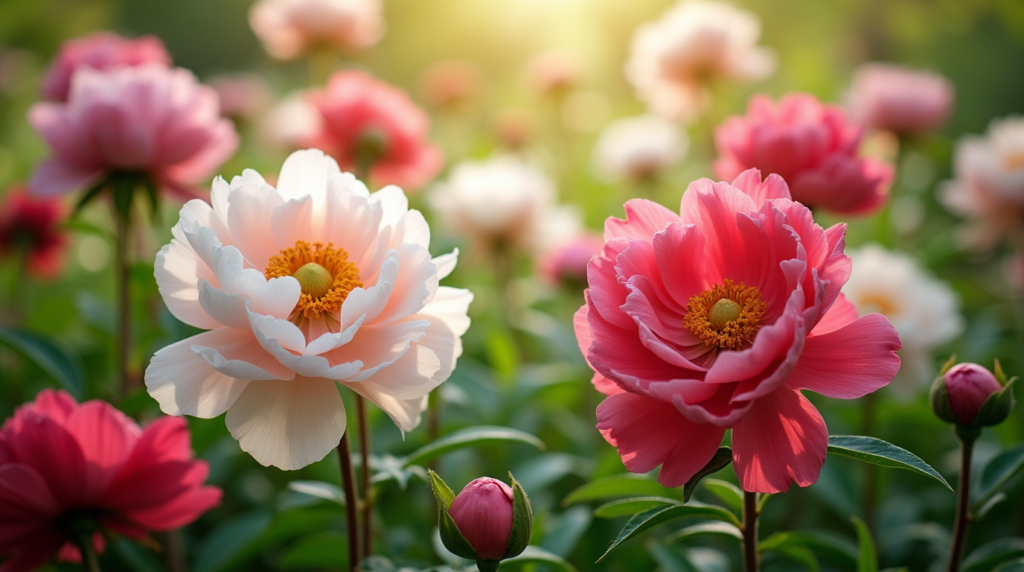
There are several varieties of Peonies Flowers, each offering its charm. From tree peonies to herbaceous peonies and Itoh hybrids, selecting the right type depends on your garden conditions and personal preferences. Herbaceous peonies are the most popular, offering large, fragrant blooms. Tree peonies, on the other hand, grow into woody shrubs and are perfect for adding structure to a garden. Itoh peonies are a hybrid and combine the best features of both types.
Ideal Planting Conditions for Peonies Flowers
Peonies Flowers thrive in well-drained, rich soil with plenty of organic matter. It’s essential to plant them in a location that receives full sun for at least 6 hours a day. However, in regions with extremely hot summers, partial shade during the hottest part of the day can help protect your Peonies Flowers from heat stress.
When planting Peonies Flowers, spacing is key. Ensure each plant has ample room to grow, ideally 3 to 4 feet apart. Proper spacing allows for better air circulation, which can reduce the risk of fungal diseases.
How to Plant Peonies Flowers
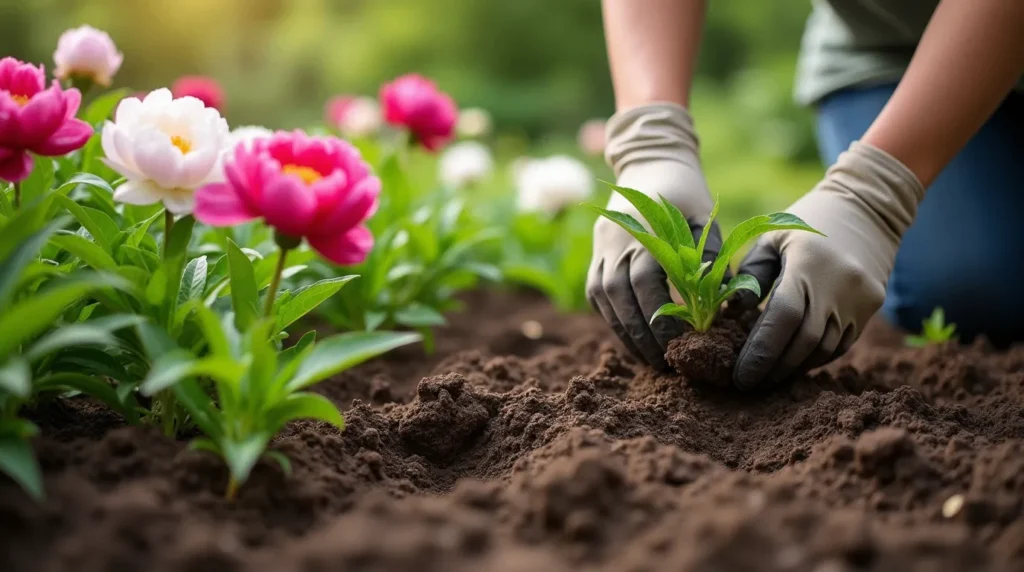
Planting Peonies Flowers in the fall is ideal, giving them time to establish roots before the cold winter. Dig a hole large enough to accommodate the root ball, and place the peony tuber with the eyes (small buds) facing upward. Cover the tuber with soil, ensuring the eyes are no more than 1-2 inches below the soil surface, as deep planting can hinder blooming.
Water the area thoroughly after planting to settle the soil and encourage root growth.
Watering and Feeding Peonies Flowers
Once established, Peonies Flowers are relatively low maintenance. They prefer consistent moisture but do not tolerate waterlogged soil. Water deeply, especially during dry spells, but allow the soil to dry slightly between waterings.
Fertilizing your Peonies Flowers once a year in early spring with a balanced, slow-release fertilizer can promote healthy growth and vibrant blooms. Be cautious with fertilizing, as excessive amounts can result in abundant foliage but fewer blooms.
Supporting and Staking Peonies Flowers
Due to their large, heavy blooms, some Peonies Flowers varieties benefit from support to prevent them from flopping over. Installing stakes or a grow-through ring early in the season can provide the necessary support as the plants grow.
Dealing with Common Pests and Diseases in Peonies Flowers
Peonies Flowers are generally hardy and not prone to many pests. However, they can sometimes fall victim to fungal diseases like botrytis blight or powdery mildew, especially in wet or humid conditions. Make sure there’s good air circulation around the plants, avoid watering from above, and promptly remove any diseased leaves.
Aphids and thrips can also affect Peonies Flowers. If you notice these pests, a gentle spray of insecticidal soap can help control them without harming beneficial insects.
Pruning and Deadheading Peonies Flowers
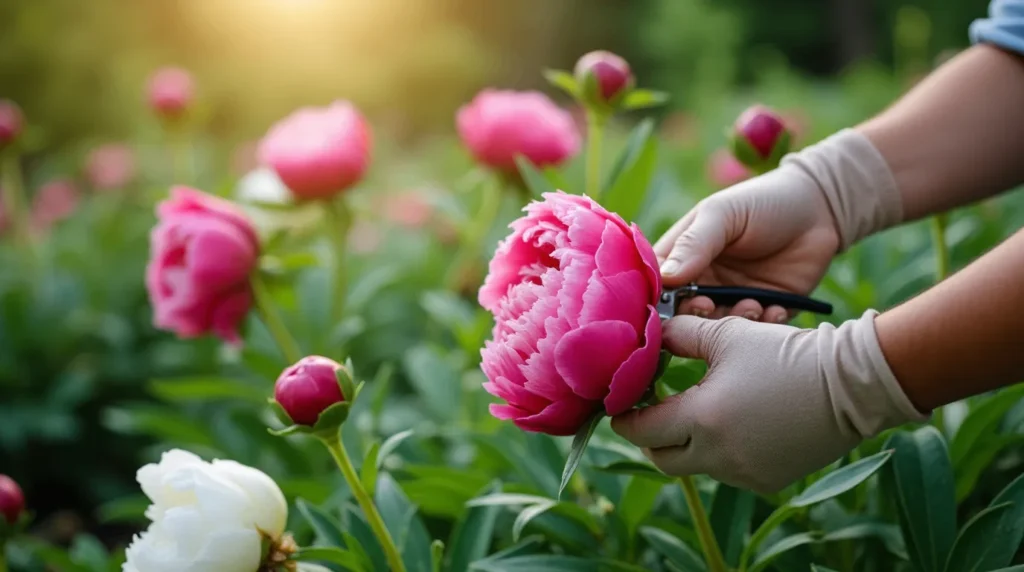
Deadheading spent blooms can encourage your Peonies Flowers to direct energy into root development rather than seed production. After flowering, cut the spent blooms just above the first set of leaves.
In the fall, after the first frost, trim back herbaceous Peonies Flowers to ground level to prepare them for winter. For tree peonies, only remove dead or damaged branches.
Overwintering Peonies Flowers
Peonies Flowers are cold-hardy perennials, but in areas with particularly harsh winters, adding a layer of mulch after the first frost can provide extra protection. Be sure to remove the mulch in early spring as the new shoots start to emerge.
Why Grow Peonies Flowers?
In addition to their stunning beauty, Peonies Flowers are a long-lived investment in your garden. Once planted, they can bloom for decades with minimal care, making them an excellent choice for both beginner and expert gardeners.
Their versatility also makes Peonies Flowers a great choice for various landscape uses—from borders to cut flower gardens. With their captivating fragrance, they are a wonderful addition to any garden.
Conclusion
Caring for Peonies Flowers is rewarding, and their vibrant blooms will add a touch of elegance to your garden year after year. By following the proper planting, watering, and maintenance techniques, you can enjoy healthy and flourishing Peonies Flowers for decades to come.

